The world of cat tunnels is far more diverse than most pet owners realize. While these playful structures might appear simple at first glance, the materials used in their construction dramatically impact durability, safety, and feline enjoyment. From rugged outdoor tunnels to plush indoor hideaways, manufacturers employ an astonishing array of fabrics, plastics, and natural fibers to cater to every whiskered whim.
Fabric tunnels dominate the indoor cat market, with fleece and polyester blends being particularly popular. These soft materials provide warmth and comfort while allowing easy compression for storage. High-quality fabric tunnels often feature double-stitched seams and reinforced scratching surfaces where clever cats tend to extend their claws. Some premium versions incorporate antimicrobial treatments to combat odor, though pet experts debate whether these chemical applications might irritate sensitive feline noses.
For households with destructive felines, ballistic nylon tunnels offer exceptional resistance to claw damage. Originally developed for military gear, this ultra-tough synthetic fiber withstands even the most enthusiastic scratching sessions. The material's tight weave prevents snagging while remaining lightweight enough for cats to drag their playgrounds across rooms. However, the rustling sound of ballistic nylon sometimes startles skittish cats during initial encounters.
Outdoor cat tunnels present entirely different material challenges. Heavy-duty PVC coated with weather-resistant polymers has become the gold standard for withstanding rain, snow, and UV exposure. These rigid tunnels often feature aluminum or powder-coated steel frames to prevent collapse under heavy winds. The best outdoor designs incorporate breathable mesh panels that allow air circulation while keeping insects out—a crucial feature in mosquito-prone regions where heartworm transmission concerns exist.
An emerging trend in cat tunnel materials involves sustainable alternatives to traditional synthetics. Bamboo fiber composites are gaining traction due to their natural antimicrobial properties and biodegradability. Some eco-conscious manufacturers now use recycled ocean plastics, transforming fishing nets and other marine debris into colorful tunnel segments. While these green options typically carry higher price tags, they appeal to environmentally aware pet owners willing to invest in sustainable pet products.
The crinkle factor deserves special consideration in tunnel material selection. Many cats display an almost obsessive attraction to tunnels incorporating mylar layers that produce satisfying crunching sounds. This auditory stimulation triggers hunting instincts, making mylar-lined tunnels particularly engaging for indoor cats lacking outdoor stimulation. However, veterinarians caution that some cats may ingest small plastic particles from damaged mylar, necessitating careful supervision during play.
Breathability remains a frequently overlooked material characteristic. Cheap vinyl tunnels sold at discount stores often trap heat and moisture, creating uncomfortable environments for long-haired breeds. Premium options utilize 3D spacer mesh technology borrowed from athletic gear, allowing air circulation while maintaining structural integrity. These advanced fabrics help prevent overheating during energetic play sessions, especially important for senior cats or breeds prone to respiratory issues.
For multi-cat households, material durability becomes paramount. Canvas tunnels treated with water-resistant wax coatings withstand the combined abuse of several felines while remaining easy to spot clean. The natural fibers in high-grade canvas offer superior odor resistance compared to synthetic alternatives, though they may require occasional re-waxing to maintain water repellency. Some manufacturers now offer modular tunnel systems where individual segments can be replaced as wear occurs—a cost-effective solution for destructive cat colonies.
The cleaning requirements for different tunnel materials vary dramatically. While most synthetic fabrics tolerate machine washing, structured tunnels with internal supports often require hand cleaning to preserve their shape. Silicone-coated nylon has emerged as a game-changer for easy maintenance, as its slick surface repels hair and wipes clean with minimal effort. Some innovative designs now incorporate removable liners with waterproof backing—perfect for cats prone to accidents or hairball incidents.
Safety considerations should always guide material choices. Flame-retardant treatments common in cheaper imported tunnels may contain harmful chemicals like brominated flame retardants. Reputable manufacturers now use safer alternatives or design tunnels that meet flammability standards through material composition rather than chemical treatments. Thoughtful details like nickel-free zippers and lead-free dyes distinguish premium tunnels from their potentially hazardous counterparts.
Texture preferences vary widely among individual cats, making material selection somewhat trial-and-error. Some felines adore the fuzzy embrace of faux fur linings, while others prefer the cool smoothness of oxford cloth. Observant owners notice their cats favoring certain textures during different seasons—plush materials in winter and cooler fabrics in summer. Several high-end manufacturers now offer interchangeable tunnel covers, allowing seasonal material swaps to suit feline preferences.
The weight of tunnel materials significantly impacts portability. Lightweight parachute nylon makes collapsible tunnels ideal for travel or small apartments, while heavier materials like reinforced cordura provide stability for energetic play. Some innovative designs use flexible fiberglass hoops wrapped in fabric—creating sturdy tunnels that fold completely flat yet spring back to shape instantly. These hybrid material constructions have revolutionized space-saving cat furniture.
As cat tunnel technology advances, we're seeing experimental materials enter the market. Phase-change materials that regulate temperature, self-cleaning nano-coatings, and even catnip-infused fabrics are currently in development. While these innovations promise exciting possibilities, traditional materials like organic cotton and untreated hemp continue to satisfy many feline users. The perfect tunnel material ultimately depends on a cat's personality, play style, and the owner's lifestyle—proof that in feline furnishings, one size never fits all.

By /Jul 31, 2025

By /Jul 31, 2025
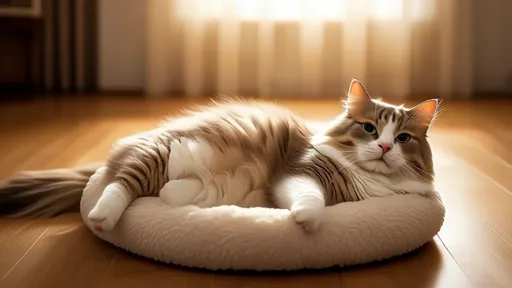
By /Jul 31, 2025
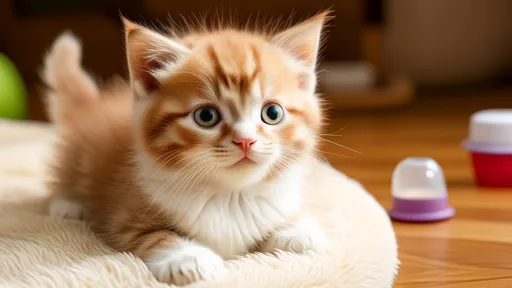
By /Jul 31, 2025
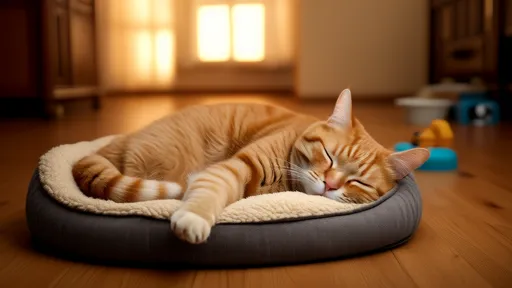
By /Jul 31, 2025
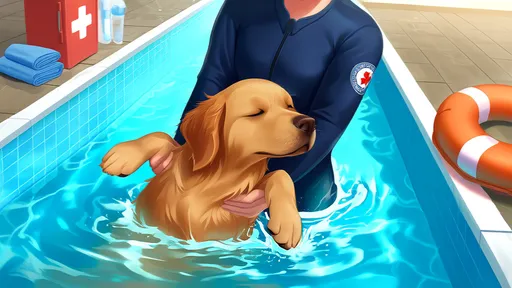
By /Jul 31, 2025
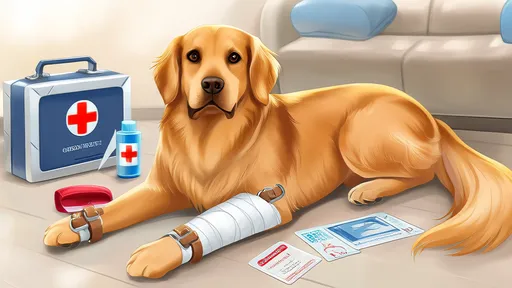
By /Jul 31, 2025

By /Jul 31, 2025
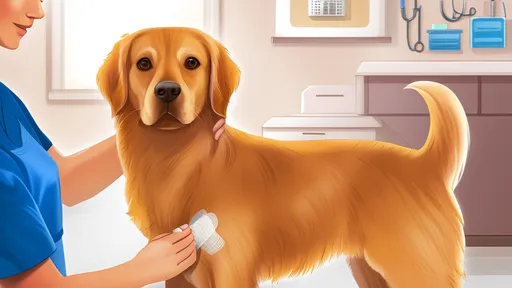
By /Jul 31, 2025

By /Jul 31, 2025

By /Jul 31, 2025
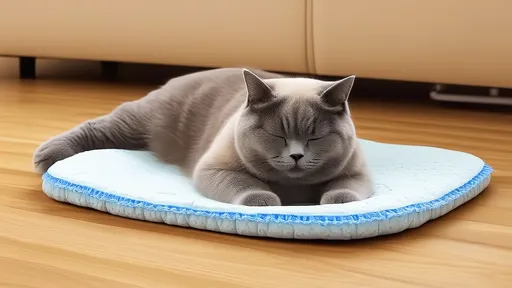
By /Jul 31, 2025
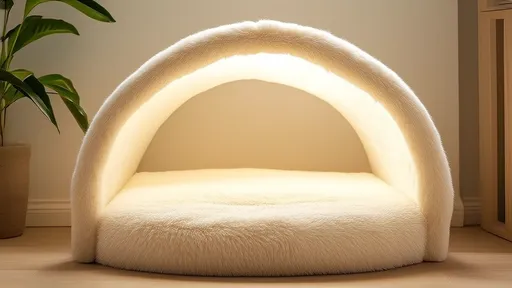
By /Jul 31, 2025
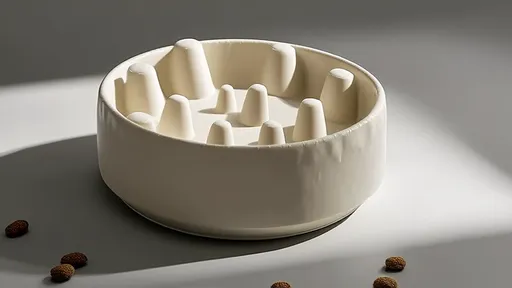
By /Jul 31, 2025

By /Jul 31, 2025
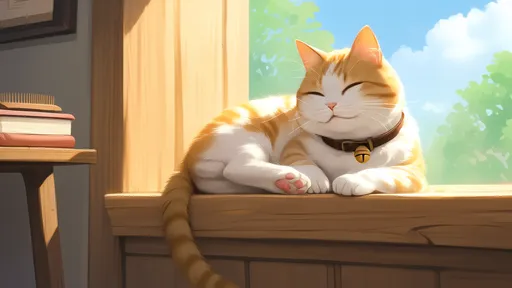
By /Jul 31, 2025
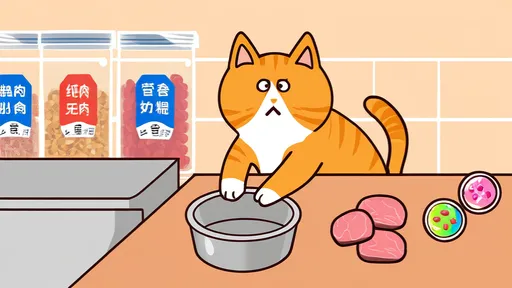
By /Jul 31, 2025
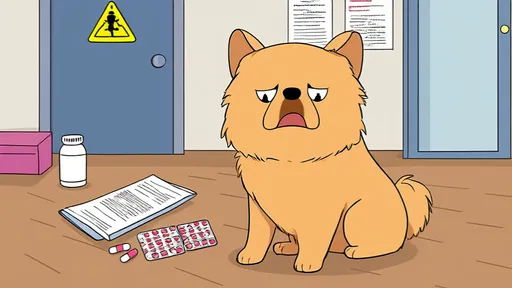
By /Jul 31, 2025

By /Jul 31, 2025

By /Jul 31, 2025